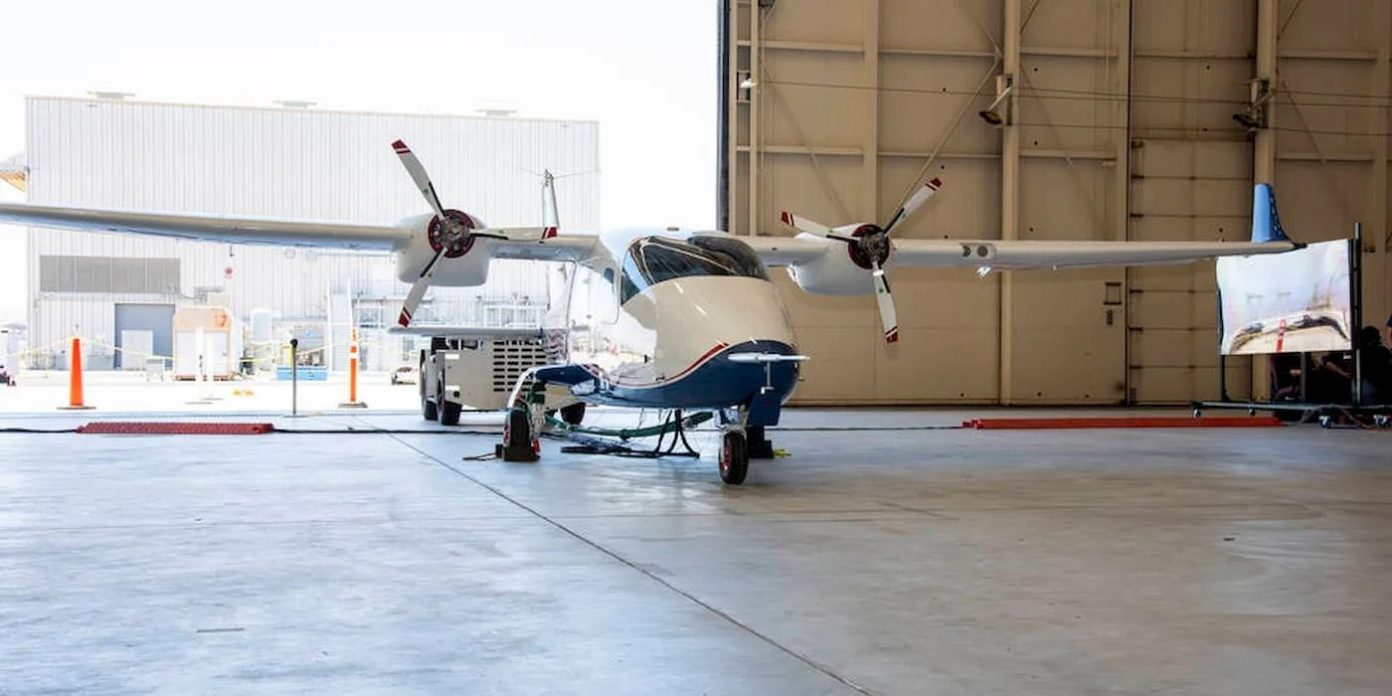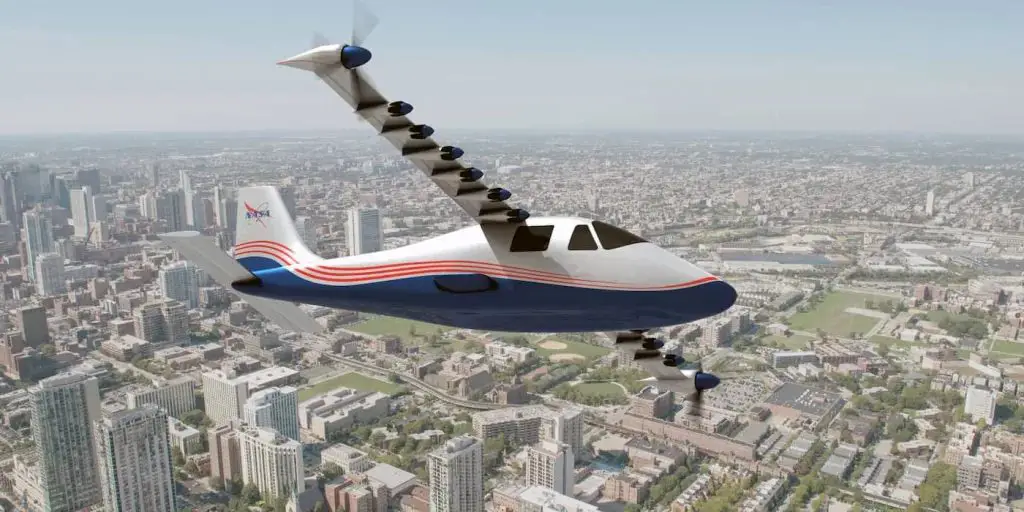
NASA’s first all-electric aircraft, the X-57 Maxwell, is preparing for flight after its cruise motor controllers successfully passed critical tests.
The X-57 project is part of NASA’s first efforts to develop sustainable aviation solutions as the agency’s first fully experimental electric aircraft.
The all-electric aircraft has been in development for several years and is finally about to take off. In December 2017, NASA engineers successfully tested the X-57 battery system, validating that it had the required capacity to safely power a full flight profile.
After various configurations, the X-57, in its final form, features two larger (60 kW) electric cruise motors and 12 smaller (10.5 kW) electric lift motors along the leading edge of the wings. at. The electric motors are specifically designed to generate enough power to take off at standard Tecnam P20006T speeds.
For the X-57 aircraft to take off, the high lift engines and thrusters are activated, along with the wingtip cruise engines. After the aircraft levels out for sailing, the high-lift engines react and five propeller blades on each engine will stop rotating and fold to prevent drag.
NASA has three goals it wants to achieve with its electric plane, including:
- Zero carbon emissions in flight
- A 500% increase in the efficiency of high-speed cruisers
- A calmer environment for those of us on the ground
The X-57 features two 400 lb. air-cooled lithium-ion battery packs that deliver 69.1 kWh of energy (47 kWh usable).
NASA took a big step toward the first flight of the X-57 Maxwell this week after passing a critical thermal test.

NASA’s first electric plane is almost ready to fly
in a Press release, NASA said it has passed a critical milestone as the X-57 Maxwell electric plane’s cruise engines have successfully passed thermal tests.
The controllers were tested at NASA’s Glenn Research Center in Clevland under temperatures of minus 11 to 147 degrees Fahrenheit.
Since cruise engines drive the propellers, the system must be able to withstand extreme weather conditions during flight. The controllers offer 98% efficiency during high-power takeoff and cruise settings using silicon carbide transistors. In other words, they do not generate excessive heat and can be cooled by air flowing through the engine.
With thermal tests complete, NASA’s electric plane is one step closer to flight. An upcoming flight readiness check will be the next step at the agency’s Armstrong Flight Research Center in California.
NASA has big ambitions for its first electric plane, stating:
The X-57’s design engine will also seek to achieve zero carbon emissions in flight, which would exceed N+3 efficiency targets by 2035. Electric propulsion provides not only a five to ten times reduction in emissions of greenhouse gases, but also provides a technological pathway for aircraft to remove 100 Low Lead AvGas, which is the largest contributor to today’s environmental lead emissions.
In addition, the agency adds, the electric plane can be powered by renewable energy, making it a clear environmental and economic choice.
